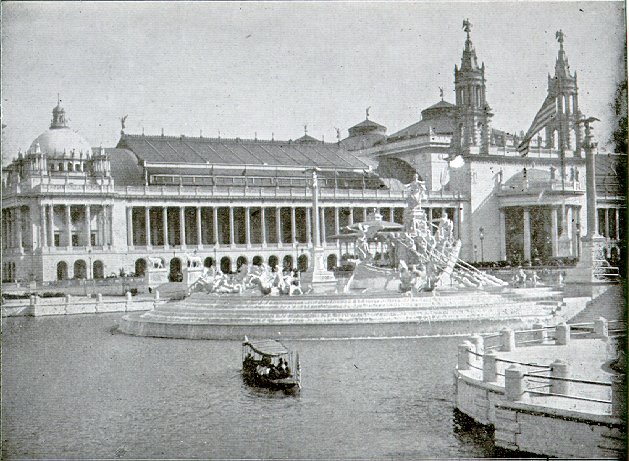Yesterday's house was what we would term Neo-Classical, built 1890-1920.
Our expert Sipp says this:
That building is not a style I'd go out of my way to build or anything, but it's based on one of the coolest things in the history of the US: The Columbian Exposition in Chicago (aka the Chicago World's Fair) on the 400th anniversary of Cristobal Colon showing up. (he was Portuguese, you know; a man holding a knife to my chin told me that and I believed him, con gusto).
Victoria didn't die until 1901, and Britain didn't get the memo until 1940 or so, but the Columbian Exposition was the exact spot on the calendar that the United States became the most important thing in the world. And the pavilions were like a big contest to see who had the biggest architectural stones. All the heavyweights were there. Sullivan (Wright's boss) McKim, Olmstead, every damn person that matters worked there. Walt Disney's father worked there, and that's where Walt got the idea for Disneyland. The world's first ferris wheel! My old, dead neighbor in Mattapoisett, Frank Millet painted murals there. Mark Twain was the best man at his wedding. Pabst Blue Ribbon was introduced there! Tesla! Scott Joplin!
All the swells sent their artsy-fartsy children to the Academie des Beaux-Arts in Paree, and they studied classical Roman and Greek stuff. The Columbian Exposition was an explosion of American Beaux-Arts/ Neoclassical architecture on the world. The idiot "Elvis's House" two-story columns on the big shack you took a picture of in Newport was born when they put up a replica of Mount Vernon at the exhibition and everyone got the idea from the back portico on George's house. Didn't matter it doesn't have anything much to do with classical Greek and Roman design. There was a lot of pastiche born out of the style.
That's what that house is. Neoclassical. It was really popular right up to the depression, when everyone got gloomy and started building things like Fenway Park.
Here's a pic of Machinery Hall at the 1893 Columbian Exposition. The grand buildings were all temporary structures in a temporary Olmsted landscape, and became an inspiration for things like Disneyland:



